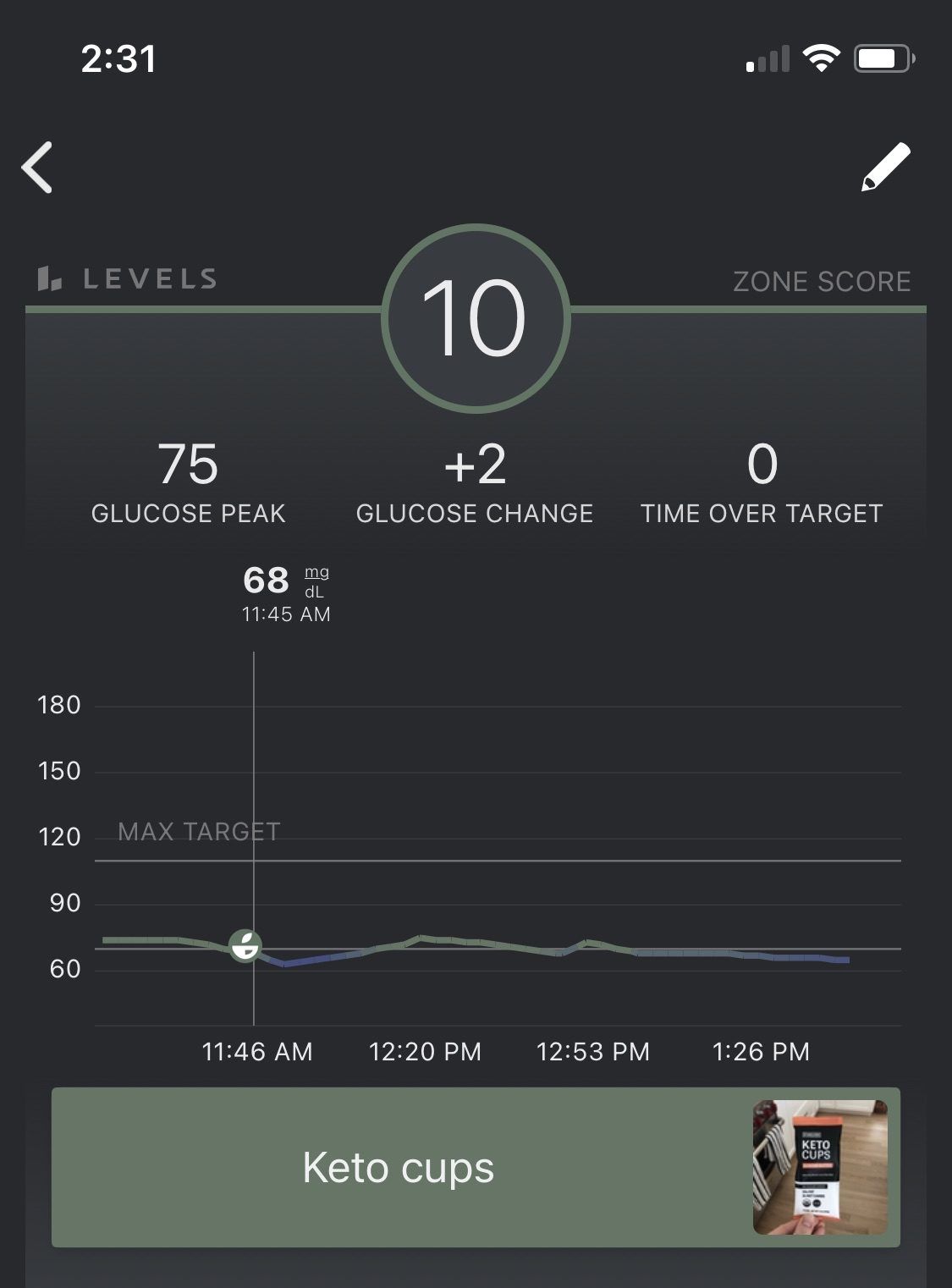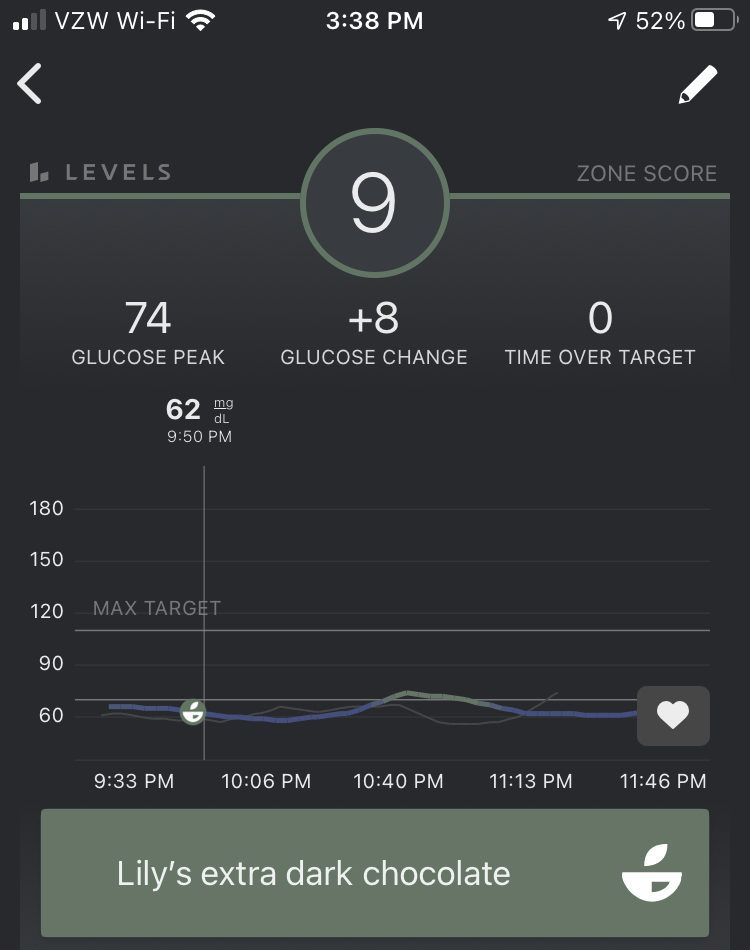
Is there such a thing as healthy candy?
A new crop of naturally sweetened and low-carb candies and chocolates may be better for your blood sugar, but that doesn't make them a health food.
For a long time, sugar-free candy meant chalky tasteless blobs. Now, the health-food aisles brim with chocolate bars and gummies that promise all the sweet without the blood-sugar spike and crash.
These new treats often feature either sugar alcohols like erythritol or xylitol or natural plant-based sweeteners, including monk fruit, stevia, and allulose (or some combination). These ingredients either have fewer calories compared to regular sugar or are calorie-free. Some new chocolates do contain regular sugar, but use far less of it or swap classic sucrose for other forms like cassava syrup.
"As for candies with natural sweeteners or sugar alcohols, these ingredients pack an intense dose of sweet taste but aren’t metabolized for energy. Without glucose from sugar, these don’t seem to affect blood glucose levels or insulin release."
The idea? To keep overall effects on blood sugar at bay. When it comes to treats that contain regular sugar—just less of it—these provide a lower shot of glucose and thus should elicit a lower blood-sugar response. Many have other nutrients, like fiber or fat, to further blunt the glucose spike, and may use natural colors and fruit flavorings, and organic or plant-based ingredients (like gelatin). Some—like dark chocolate—offer additional perks like heart-healthy antioxidants.

Are there natural sweeteners that won't raise my blood sugar?
Natural sweetener alternatives like stevia, yacón syrup, monk fruit, and allulose are common in sugar-free foods, but are they healthy? Here's what we know.
As for candies with natural sweeteners or sugar alcohols, these ingredients pack an intense dose of sweet taste but aren’t metabolized for energy. Without glucose from sugar, these don’t seem to affect blood glucose levels or insulin release.
That said, it’s possible these ingredients still activate sweet taste receptors in the gut, which could have the downstream effect of promoting insulin release. Although animal studies show this occurs when the sweetener is delivered directly to the gut, it’s unclear what happens in humans when they eat these alternative sweeteners or if different sweeteners cause different responses.
However, before diving in, remember that none of these is truly a nutritional part of your diet—they’re still candy, best reserved for the occasional indulgence.
One tip: If you’re opting for treats that have real sugar, eat these after a meal or a snack containing fat, protein, or fiber rather than on their own, as these nutrients can slow blood sugar absorption.

12 Ways to lower blood sugar
Maintaining stable blood sugar is key to optimal metabolic health. Here are 12 strategies to improve glucose levels.
Here are seven new candy options, along with some results we saw on our CGMs after eating them. (We should note that individual glucose reactions to any food can vary widely, and we did not attempt to control for confounding factors like sleep, stress, or exercise, so take these as purely anecdotal.)
Keto Cups
Sweetener: Monk fruit extract
Metabolic effects: Monk fruit is up to 250 times sweeter than sugar and contains zero calories, which is why the front of the package boasts “no sugar added.” Even with monk fruit, these have a light sweet taste. Jerusalem artichoke fiber adds 5 grams (g) of fiber to each cup. The root vegetable provides a type of prebiotic fiber found to slow the absorption of blood glucose.
What the CGM showed: 
Project 7 Sour Fruit Gummies
Sweetener: Allulose, organic cane sugar, stevia
Metabolic effects: Allulose is a “rare” sugar, naturally found in small amounts in dried fruits like raisins. Since your body does not metabolize it (most of it gets excreted), some research suggests allulose has a null effect on blood glucose levels and may even help lower them when consumed with foods high on the glycemic index. Each serving provides just six grams of net carbs and a whopping 18g of fiber, which also blunts the blood-sugar response.
Smart Sweets Peach Rings
Sweetener: Allulose, stevia leaf extract, monk fruit extract
Metabolic effects: Each serving is as sweet as the candy rings you remember but has zero grams of added sugar. That’s because, along with allulose and monk fruit, stevia leaf extract rounds out the ingredients. Stevia is a plant-based sweetener that’s 200-times sweeter than sugar, isn’t metabolized for energy, and may be added to your diet without causing weight gain (though it won’t necessarily help you lose weight).
What the CGM showed:

Lily’s Extra Dark Chocolate Bar
Sweetener: Erythritol, stevia
Metabolic effects: Erythritol is one of the sugar alcohols with an intense sweetness that can replace sugar. Low on the glycemic index scale, it won’t spike blood sugar levels and contains zero calories. Because it is also wholly excreted in urine, it’s less likely to cause the unpleasant GI side effects sometimes seen with sugar alcohols. If you are counting net carbs (a measure of total carbs minus fiber and sugar alcohols), know that one serving of this bar has only two net carbs. (The relationship between net carbs and blood sugar rise is debated and depends on the type of fiber and sugar alcohols the food contains.) Some have also raised concerns about the amount of heavy metals in some dark chocolate bars, though a 2024 study found the real-world risk seems minimal.
What the CGM showed:

Unreal Dark Chocolate Coconut Bars
Sweetener: Cassava syrup and cane sugar
Metabolic effects: The company plainly states that, yes, this bar does contain sugar, but just less of it. That sugar comes, in part, from cassava syrup, a liquid sweetener made from the cassava root, the same plant tapioca syrup comes from. (There is a lack of research on the blood sugar response from consuming cassava syrup.) One serving (a small bar) contains just 3g of added sugar.
Glee Tarts
Sweetener: Xylitol
Metabolic effects: Xylitol is a sugar alcohol. While some of it gets absorbed by your body during digestion, it also doesn’t stimulate insulin secretion. Xylitol also has a bonus benefit: It reduces certain bacteria growth that leads to cavities, and it promotes saliva production to battle bad breath. Two pieces of this candy contain zero calories and zero net carbs.
Alter Eco Super Blackout
Sweetener: Organic raw cane sugar
Metabolic effects: Your body will process organic or conventional cane sugar the same. But what sets this bar apart from the others is its 90% cocoa content. The higher that percentage, the lower the amount of sugar it contains. Per serving, there are just 3g of sugar, along with 3g of fiber. Together, the fiber and a higher amount of fat help buffer the blood sugar response. You’ll also notice a bit of a crunch to this bar, thanks to the high cocoa content.
What the CGM showed:


Take control of your metabolic health
Levels helps you see how food and lifestyle affect your health through macro tracking, habit-building, and customized insights and advice. Levels members can also incorporate biomarker data like real-time glucose and metabolic blood testing for an even more personalized experience. Click here to get started with Levels.




